Choosing the right barber apron is less about style and looks, and all about the fabric.Why the fabric? Because, at the end of the day, most barbers and hairstylists’ needs are about protection against water, chemicals, and hair. If the apron gives you all this protection, plus support for all your tools and also a cool design, you’ve found your perfect fit!
Choosing the right fabric
There are many fabrics on the market. Actually, too many. But we can narrow down our options by eliminating the ones that offer the least protection: the organic fabrics, like cotton and linen aprons.
Why not cotton or linen fabrics?
Cotton and linen are made from natural organic agricultural fibers and are the world's oldest textile source. Although they are virtually everywhere due to the comfort they offer, they are also super absorbent, soaking any liquid, including all the creams, shampoos, and hair products you work with.


But this is only one of the issues cotton and linen fabrics present.
Basically, any apron made with commercial cotton and linen fiber will only protect you against hair, but not even all types of hair: those small ones will still poke through the threads reaching your skin. Remember, they are a woven fabric and independent of the type of weave, they will always have space between the threads. So, if you want to go with a cotton barber apron, good luck: at the end of your workday, besides being soaking wet, your beautiful black barber apron might be stained for good. If you like tye-dye, that might be perfect for you.
Examples of cotton fabrics: twill, denim, canvas, linen, chambray, and basically everything else you can imagine.
At this point, you must be thinking: “If I can’t buy a barber apron in cotton, and almost all the fabrics are cotton, what are my choices then?” They are basically two main options for barber aprons: the synthetic aprons, made with nylon, vinyl, and latex, and the coated aprons, which have a protective layer of coating over the cotton-based fabrics.
Why Synthetic Fabrics?
Synthetic fabrics are usually man-made and artificial, deriving mainly from oil or petroleum (with the exception of rubber, which is organic). Almost all the synthetic fabrics are lightweight but extremely durable and strong, and some of them are also chemical resistant, water resistant, and easy to clean. But there are some things you should pay attention to. Let’s take a closer look at the three main categories of synthetic fabrics:
Rubber, Latex or Synthetic Rubber
Rubber can be found in nature and harvested as latex from different types of trees. It has really good characteristics such as high elasticity, high resistance to breakage, and something every barber and hairstylist loves: high resistance to water.
In its fabric form, rubber has a plastic or leather appearance, and it is not woven, meaning that it is not breathable. But the same thing that makes it different from the other fabrics is also what makes rubber-based aprons not a good choice for barbers: because it’s organic, rubber presents water in its composition, which makes it highly toxic, and might cause adverse reactions in people like you or your customers. The fabric can also be damaged by body oils, perspiration, lotions, or detergents. I believe you got it: rubber aprons are a no for barbers (and pretty much everyone else).


Vinyl or Polyvinyl
Vinyl is essentially a flexible plastic made from PVC resin (Polyvinyl Chloride), various fillers, and additives such as plasticizers to manipulate its softness, color, and texture.
In its fabric form, its outer side has a shiny leather-look appearance, while its inner side (the one in contact with the skin) is typically made with polyester-woven fibers to make it more comfortable. As a plastic, it is 100% waterproof, easy-clean and durable.
The problem with vinyl fabrics: they can’t be considered an woven textile, which makes it not breathable and not well adaptable to body temperature. Also, some people can develop some kind of skin reaction to the material.


Nylon
Nylon is a completely synthetic fiber consisting of long synthetic polyamide chains. In its fabric forms (there are many), it is very lightweight and known for its water, abrasion, and puncture resistance. Nylon also has superior flexibility, resilience, toughness, elasticity, washability, and ease of drying. It also takes longer to reach maximum body heat reflection, thus insulating your body from heat better than vinyl. If that wasn’t enough, nylon aprons are still resistant to mold and even insects!
Because nylon aprons are lightweight, they can be seen as flimsy, but that is not true. To know the strength of a fabric you need to consider at least one of these factors, that basically measure the density of the material:Denier (D) – measure the density thickness of individual threads in a fabric; Thread Count (T) – means the number of threads woven together in a square inch; or Grammage (GSM) – stands for grams per square meter.
These measures can always be used to compare different variations of the same fabric, like canvas to canvas or denim to denim. But when you're comparing between different materials, such as nylon and canvas, you need to also consider the properties of each thread first, like the Tenacity – load per linear density. As an example,the tenacity of cotton canvas is 3.0 to 4.9 grams/denier, while nylon is 6.0 to 9.5 grams/denier. That means that a nylon thread can be half the thickness of a canvas thread, and still be just as strong!


Why Coated Aprons?
If your main necessity is protection against water and hair, a coated apron is what you are looking for. They are made of traditional cotton, in denim or twill textile forms, but with a twist: they have the outer side of the fabric covered by a layer of PU, a type of plastic, that works like a very strong varnish coating, involving each cotton yarn, sealing the threads and giving them a polished finish, so the fabric surface is protected against dust, water, and other liquids. And, without any fuzzy fibers, the coated fabric gets a harder surface for hair to stick on.
To make it easier to understand, picture the same effect of covering a wall with tiles: with the fabric, the PU works just like that. Coatedaprons have also some other advantages as being breathable and less prone to cause allergies since the side of the aprons in contact with your skin is the cotton one. Besides that, coated aprons look damn good!



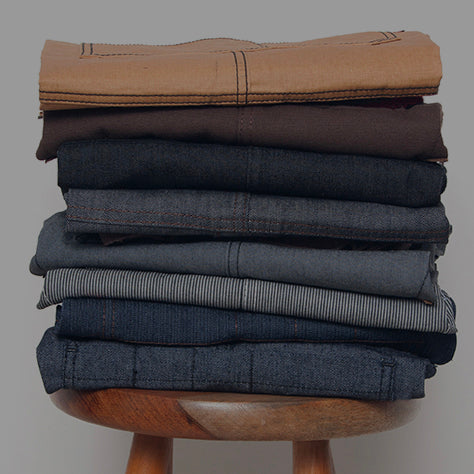
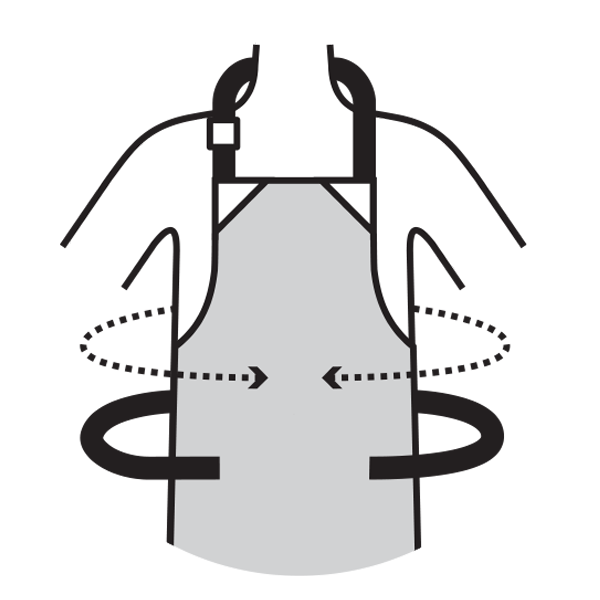
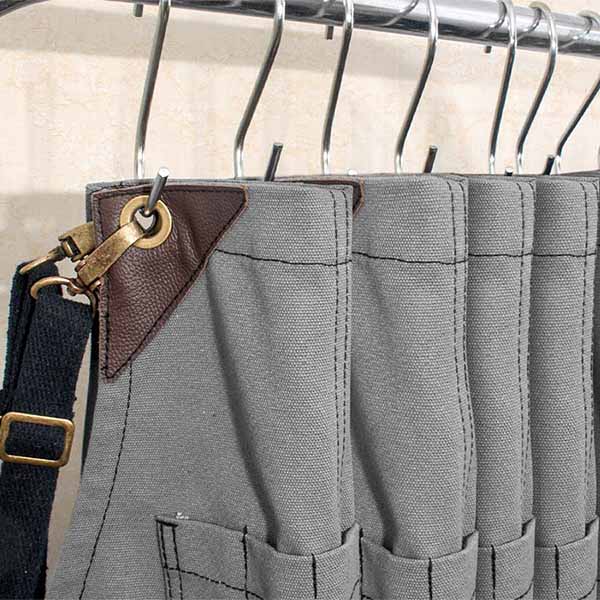

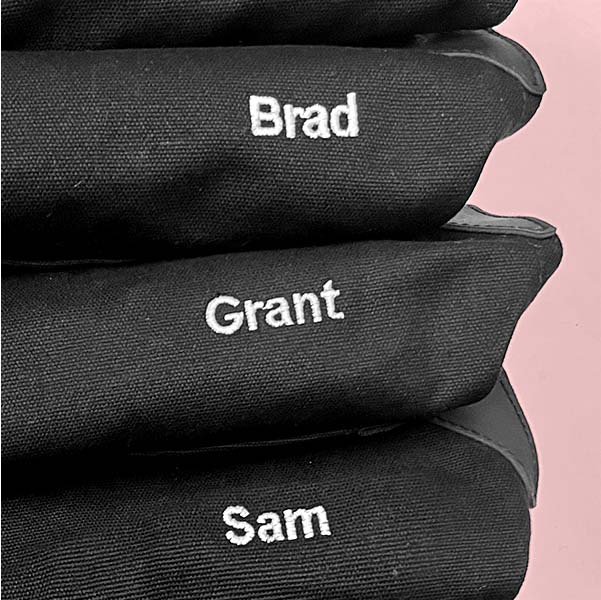
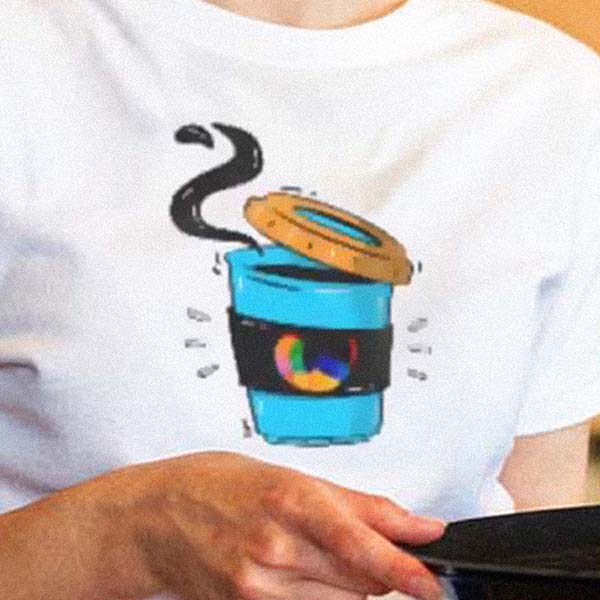
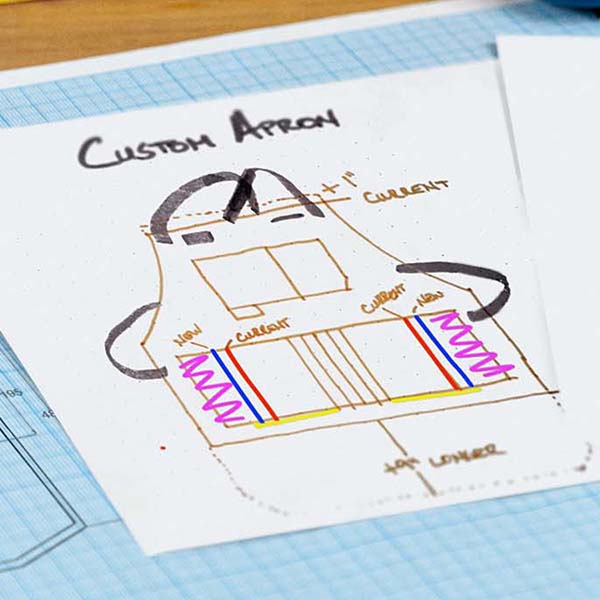
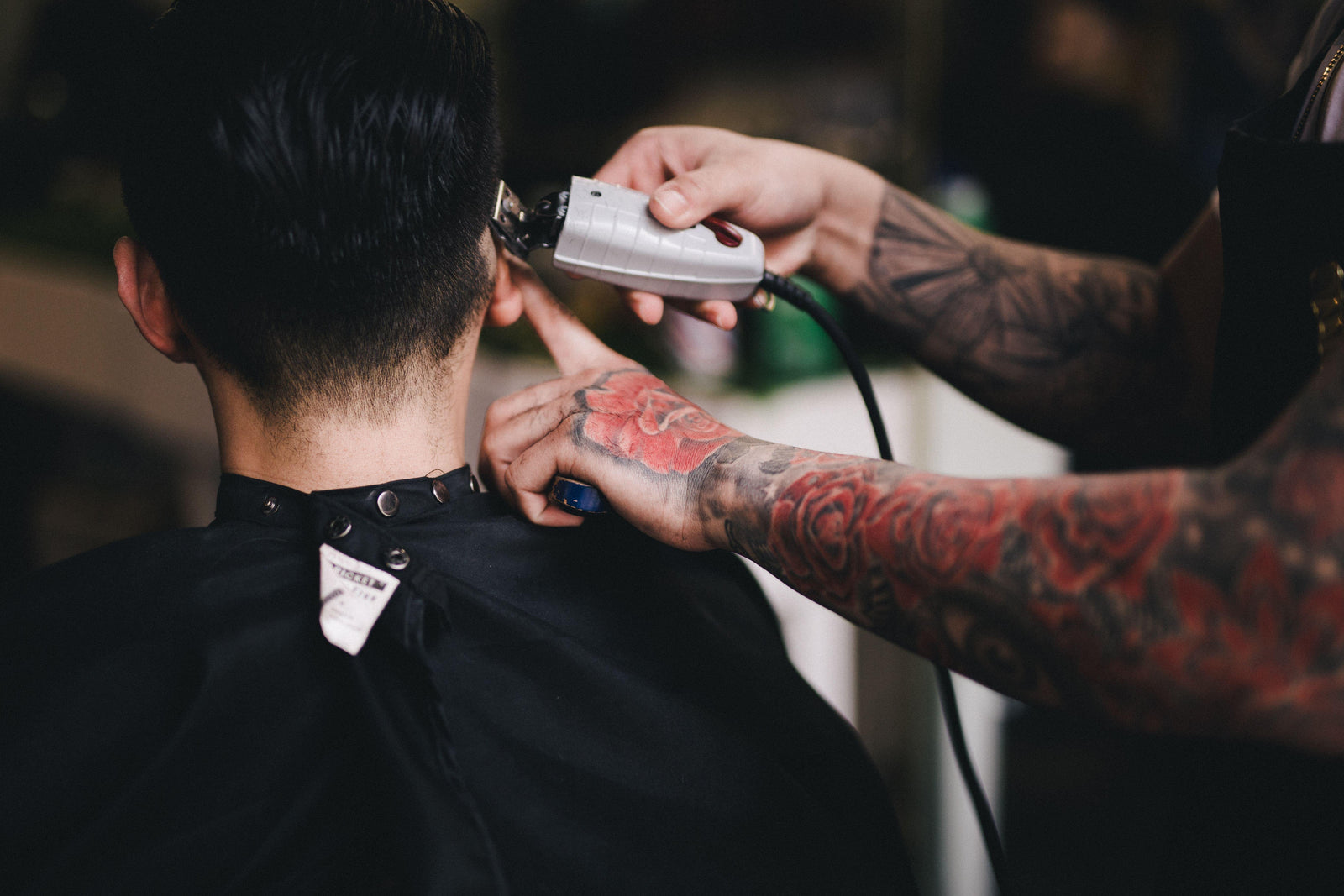
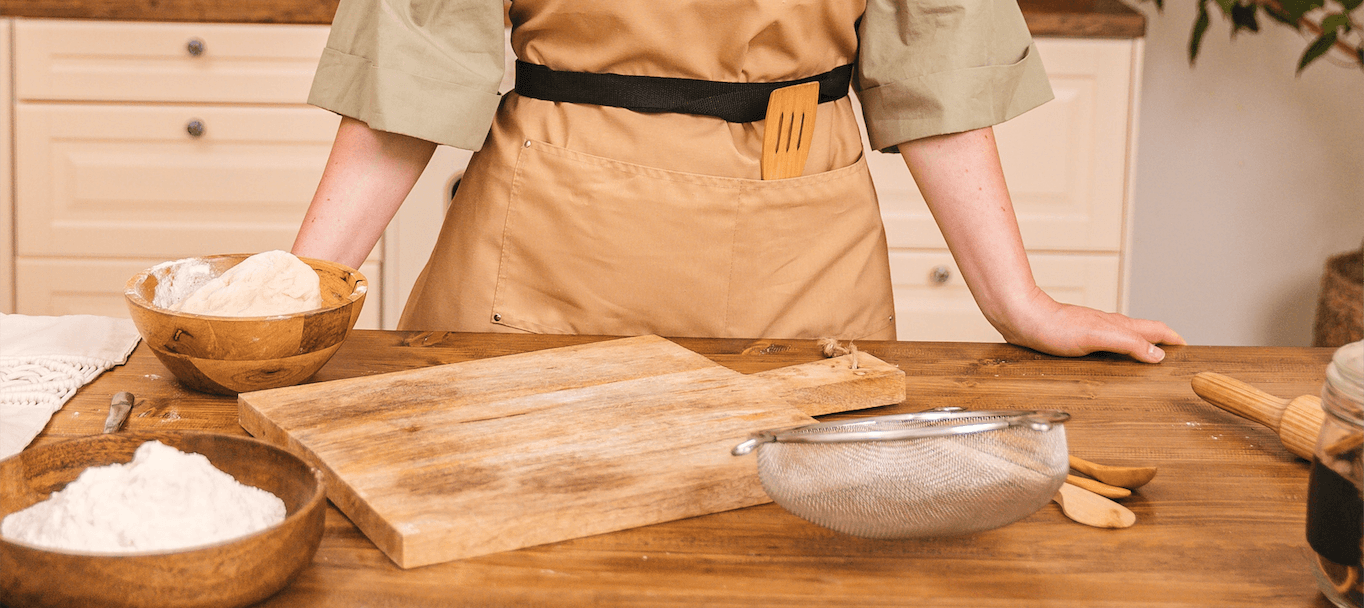


Leave a comment (all fields required)